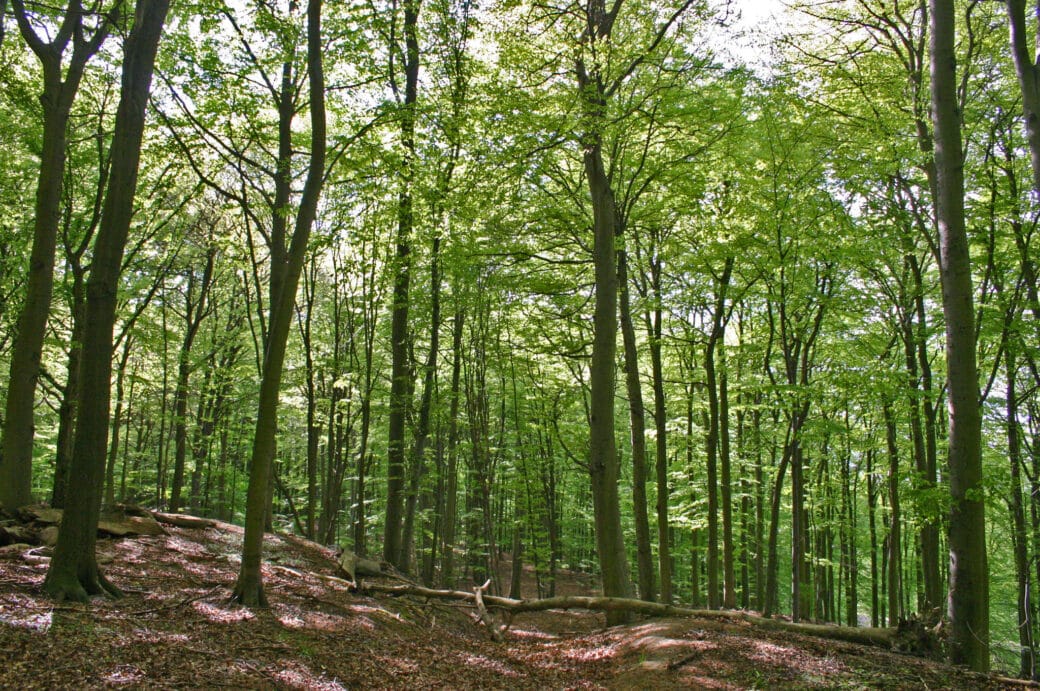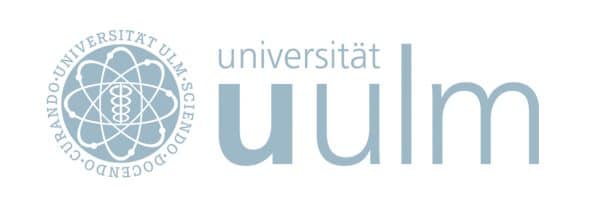Land use intensity as a driver for abundance, diversity and activity of nitrifying microbes in soils from forest ecosystems
Nitrification (comprising the transformation steps ammonia-oxidation and nitrite-oxidation) is an important process of nitrogen-cycle in terrestrial ecosystems and has been shown to be influenced by land-use intensity in grassland ecosystems. However, less is known concerning the role of nitrification in forest ecosystems, the relative importance of autotrophic and heterotrophic nitrification as well as drivers for abundance, activity and diversity of the respective groups influencing in consequence the interactions of ammonia- and nitrite-oxidizers. Forest ecosystems are an interesting platform to study these processes, as low pH in forest soils is known to influence the substrate availability and some tree species have been demonstrated to secrete substances that can have inhibitory effects on nitrification.

The project ForNit investigates the influence of different forest management intensities on heterotrophic and autotrophic nitrification in order to identify key organisms participating in these processes in forest soils and to assess their abundance, diversity and activity. Besides the composition of organisms performing heterotrophic nitrification, we focus on spatial and temporal heterogeneity of ammonia-oxidizing bacteria (AOB) and archaea (AOA) and nitrite-oxidizing bacteria (NOB), whose activity is demonstrated to be tightly linked to ammonia-oxidation in the context of nitrification. The interaction between heterotrophic ammonia-oxidizers as well as AOA and NOB will be investigated in the frame of this project. Another aim is to isolate major AOA ecotypes from forest soils under different land-use regimes and identify their characteristics.
Forest management influences the abundance of ammonia-oxidizing and nitrite-oxidizing organisms, thereby inducing shifts in nitrifier interactions.
Tree composition of forests influences the abundance and diversity of participating nitrifier groups to different extents.
The activity of ammonia- and nitrite-oxidizers is strongly influenced by local parameters.
Metagenomic mining of datasets to identify major groups of less studied nitrifiers.
Barcoding of different groups of nitrifiers (AOA, AOB, NOB, heterotrophic nitrifiers) to identify drivers for their abundance, diversity and activity.
In situ analysis of microbial structure to reveal interactions of nitrifying organisms by means of laser scanning microscopy.
Enrichment and cultivation of selected AOA ecotypes in order to determine their ecophysiological characteristics.









